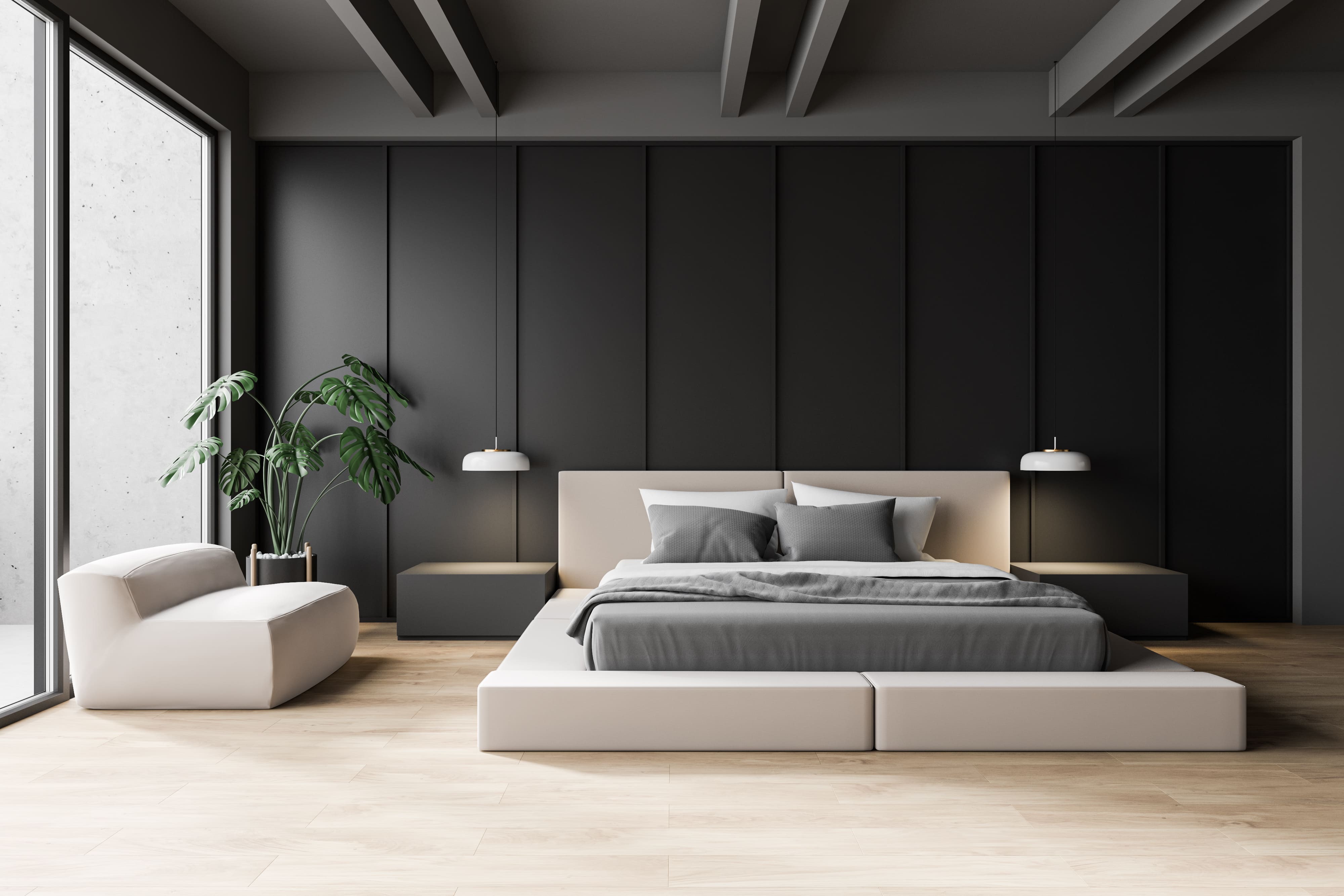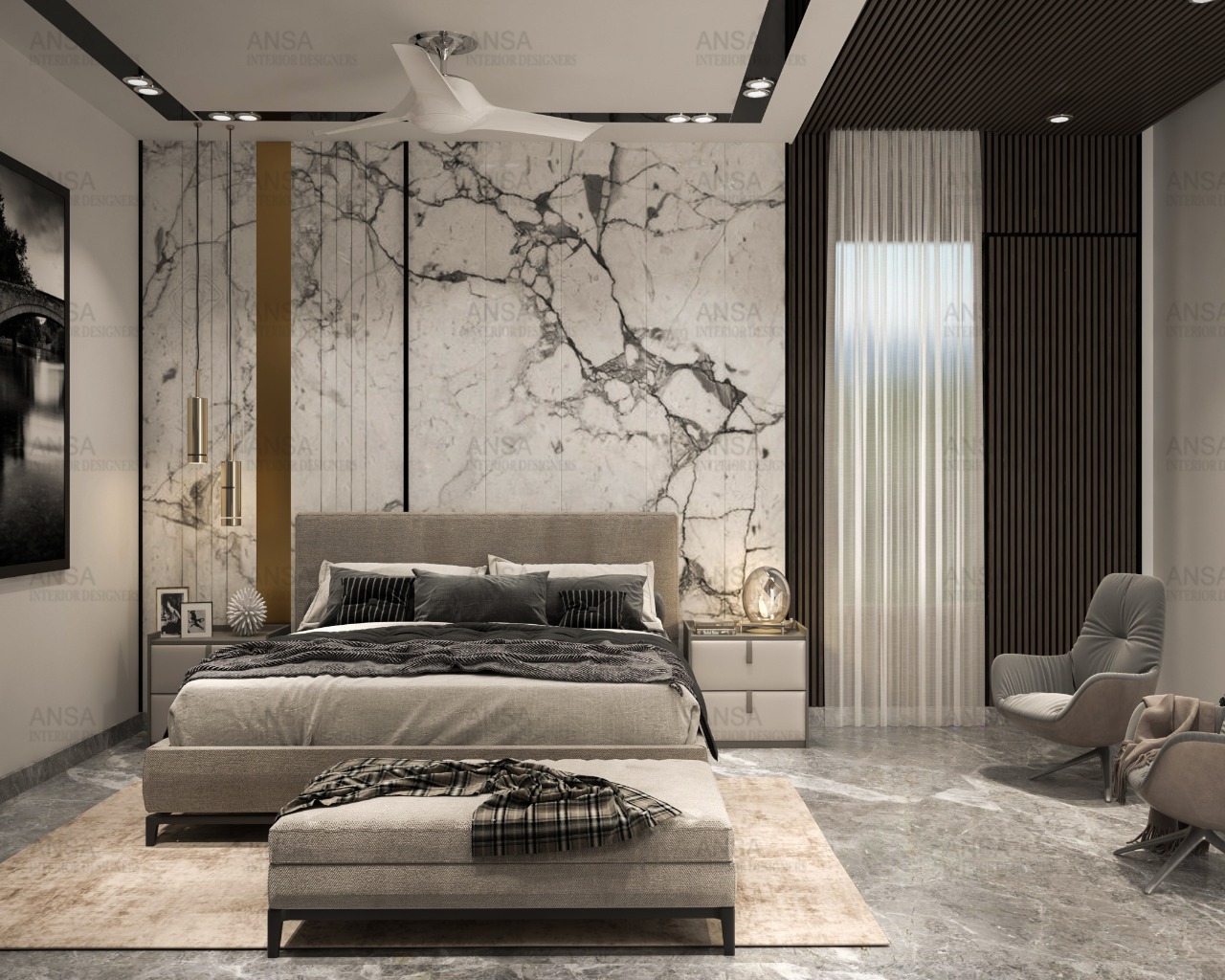Designing Dreams: Exactly How Our Interior Design Studio Miami Can Assist You
Designing Dreams: Exactly How Our Interior Design Studio Miami Can Assist You
Blog Article
Why Recognizing the Principles of Interior Decoration Is Necessary for Effective Space Preparation
Understanding the principles of interior style is basic to reliable space planning, as it lays the foundation for developing settings that harmonize functionality with aesthetic charm. Crucial elements such as percentage, circulation, and equilibrium are not merely decorative considerations; they are essential in enhancing exactly how an area is used.
Relevance of Space Planning
Space planning is an essential element of interior design that significantly influences the functionality and aesthetics of a space. It entails the critical plan of furniture, components, and architectural elements to maximize using available room while improving the general user experience. Reliable area planning addresses different elements, consisting of flow, accessibility, and the details requirements of the occupants.
Among the primary advantages of area preparation is its capability to boost spatial effectiveness. Interior design studio Miami. By thoughtfully arranging a design, developers can guarantee that every location serves an objective, decreasing mess and promoting a feeling of order. Additionally, appropriate room planning cultivates a harmonious setting, enabling seamless movement and interaction within a room
Moreover, effective area planning considers natural light, sightlines, and the partnership between different locations. This holistic method not just elevates the visual allure but additionally adds to the well-being and efficiency of the occupants. Ultimately, a well-executed area strategy is instrumental in producing a well balanced and welcoming atmosphere, making it necessary for any kind of interior decoration task.
Trick Principles of Interior Style

One fundamental concept is balance, which can be balanced, unbalanced, or radial. Symmetrical equilibrium creates a feeling of order, while asymmetrical equilibrium offers an extra dynamic visual allure. Another critical principle is proportion and range, guaranteeing that the dimension of furniture and style elements associate harmoniously to each various other and the overall area.
Shade concept also plays a considerable role, impacting mood and understanding. Developers utilize color combinations to stimulate certain sensations and enhance the spatial experience. Additionally, the principle of rhythm includes producing a sense of motion via rep of forms, colors, or patterns, directing the eye throughout the area.
Finally, the principle of emphasis directs attention to prime focus, enabling a clear narrative within the design. Interior designer Miami. By adhering to these key principles, indoor developers can develop atmospheres that not only meet functional requirements but also reverberate with the owners on a psychological degree
Effect On Capability and Circulation

The plan of furnishings, the option of materials, and the combination of modern technology all play crucial functions in accomplishing optimum capability. Placing seating areas in closeness to work spaces can promote communication and collaboration, thus improving efficiency. In addition, guaranteeing that paths are unblocked and clear permits efficient movement, minimizing congestion and promoting a natural circulation throughout the space.
In addition, integrating components such as lighting and shade can further aid in delineating locations, making it less complicated for individuals to navigate their atmosphere. Thoughtful room preparation thinks about not only the physical aspects of style yet likewise just how users engage with their surroundings. Inevitably, a focus on performance and circulation not only boosts the user experience however additionally raises the total effectiveness of the official source area, creating a setting that meets the requirements of its occupants while promoting a feeling of harmony and equilibrium.
Enhancing Looks and Mood
Three vital aspects-- shade, texture, and lighting-- play crucial roles in improving the aesthetics and mood of an indoor space. Color develops the psychological tone; cozy shades like oranges and reds stimulate energy and heat, while cooler tones such as blues and eco-friendlies advertise calmness and serenity. Selecting an unified color combination can change a room, developing a visually appealing and cohesive environment.
Appearance includes deepness and passion, adding to the responsive experience within a space. A mix of structures-- smooth surfaces, plush fabrics, and all-natural products-- can produce visual intrigue and improve comfort. For instance, matching a soft velvet couch with a streamlined glass coffee table can produce a balanced aesthetic that welcomes communication.
Lighting, frequently an overlooked component, substantially impacts state of mind. Natural light fosters an open, ventilated environment, while purposefully put synthetic lights can produce heat and highlight building features. Dimmer buttons allow versatility, enabling for adjustments to fit numerous activities or times of day.
Including these three aspects thoughtfully not only boosts the visual charm of a room but likewise grows an atmosphere that resonates with its desired purpose, eventually improving the general experience for its owners.
Practical Applications in Real Life
Applying interior decoration principles in reality calls for a thoughtful method that integrates shade, appearance, see this and lighting right into day-to-day rooms. By understanding exactly how these components interact, individuals can produce atmospheres that are not just aesthetically enticing but unified and also functional.
For instance, in a little living location, utilizing a light shade scheme can make the room feel larger and a lot more open. Strategic usage of mirrors can boost natural light and develop an illusion of deepness. Including different textures with textiles, such as cushions and rugs, can include heat and interest without overwhelming the detects.
Lighting plays a critical function in defining the environment. Layered lights, containing ambient, task, and accent options, allows flexibility in mood setups. In an office, as an example, a mix of all-natural light, desk lamps, and decorative fixtures can increase productivity while keeping a welcoming ambiance.
Additionally, understanding spatial connections and furniture setup can result in improved capability. By sticking to principles such as balance and proportion, one can ensure that rooms serve their intended purpose while staying aesthetically pleasing. On the whole, practical applications of interior decoration concepts significantly improve the livability and allure of any kind of environment.
Verdict
To conclude, recognizing the principles of interior decoration is critical for effective area preparation, as it cultivates a balance in between performance and aesthetic appeals. By using crucial ideas such as proportion, color theory, and circulation, developers can create settings that boost both use and visual appeal. Ultimately, this knowledge adds to the advancement of areas that not only fulfill functional needs but likewise boost the general environment, causing even more enjoyable and efficient experiences for customers.
Understanding the principles of interior design is essential to reliable area planning, as it lays the foundation for producing settings that integrate performance with visual charm.Room preparation is an essential element of interior layout that dramatically influences the performance and visual appeals of a space. Additionally, appropriate room planning cultivates discover here an unified atmosphere, allowing for seamless movement and communication within a room.
Additionally, the principle of rhythm entails creating a sense of activity via repeating of forms, colors, or patterns, guiding the eye throughout the space.
In conclusion, comprehending the concepts of interior design is crucial for effective area preparation, as it promotes a balance between functionality and visual appeals.
Report this page